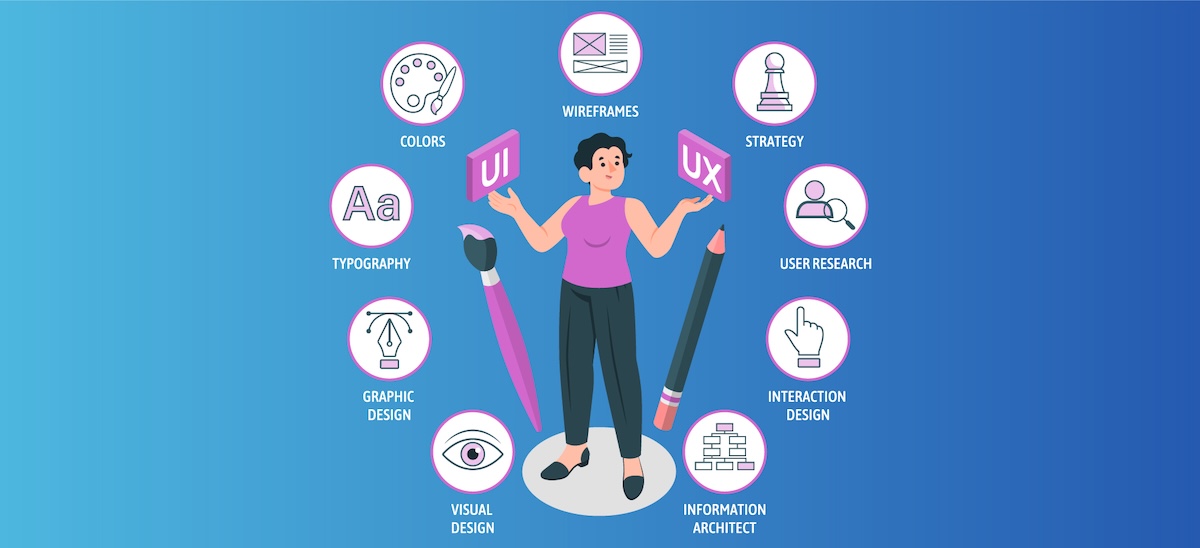User experience research is the foundation of successful digital products. By understanding your users' needs, behaviors, and pain points, you can create solutions that truly resonate and solve real problems. This article explores essential UX research methods that every product team should consider incorporating into their development process.
User interviews provide direct insights into your audience's thoughts, motivations, and challenges. While time-intensive, these one-on-one conversations offer rich qualitative data that can uncover unexpected insights. Combine these with contextual inquiry—observing users in their natural environment—to see how they actually use products rather than how they say they use them.
Usability testing remains one of the most valuable methods for identifying interface issues. By having real users attempt specific tasks while thinking aloud, you can pinpoint exactly where your design creates confusion or friction. Remote testing tools have made this more accessible than ever, allowing you to conduct sessions with geographically dispersed participants.
Quantitative methods complement qualitative insights. A/B testing, analytics analysis, and surveys can provide statistical validation of your design decisions and help prioritize improvements based on their potential impact. Heat maps and session recordings offer visual data about how users interact with your interfaces at scale.
Card sorting and tree testing are specialized techniques for optimizing information architecture. These methods help ensure your content organization matches users' mental models, making information more discoverable and navigation more intuitive.
Finally, continuous research—rather than one-time studies—creates the most value. Building research into your regular development cycles ensures decisions are consistently informed by user needs rather than assumptions, leading to products that truly serve their audience.



